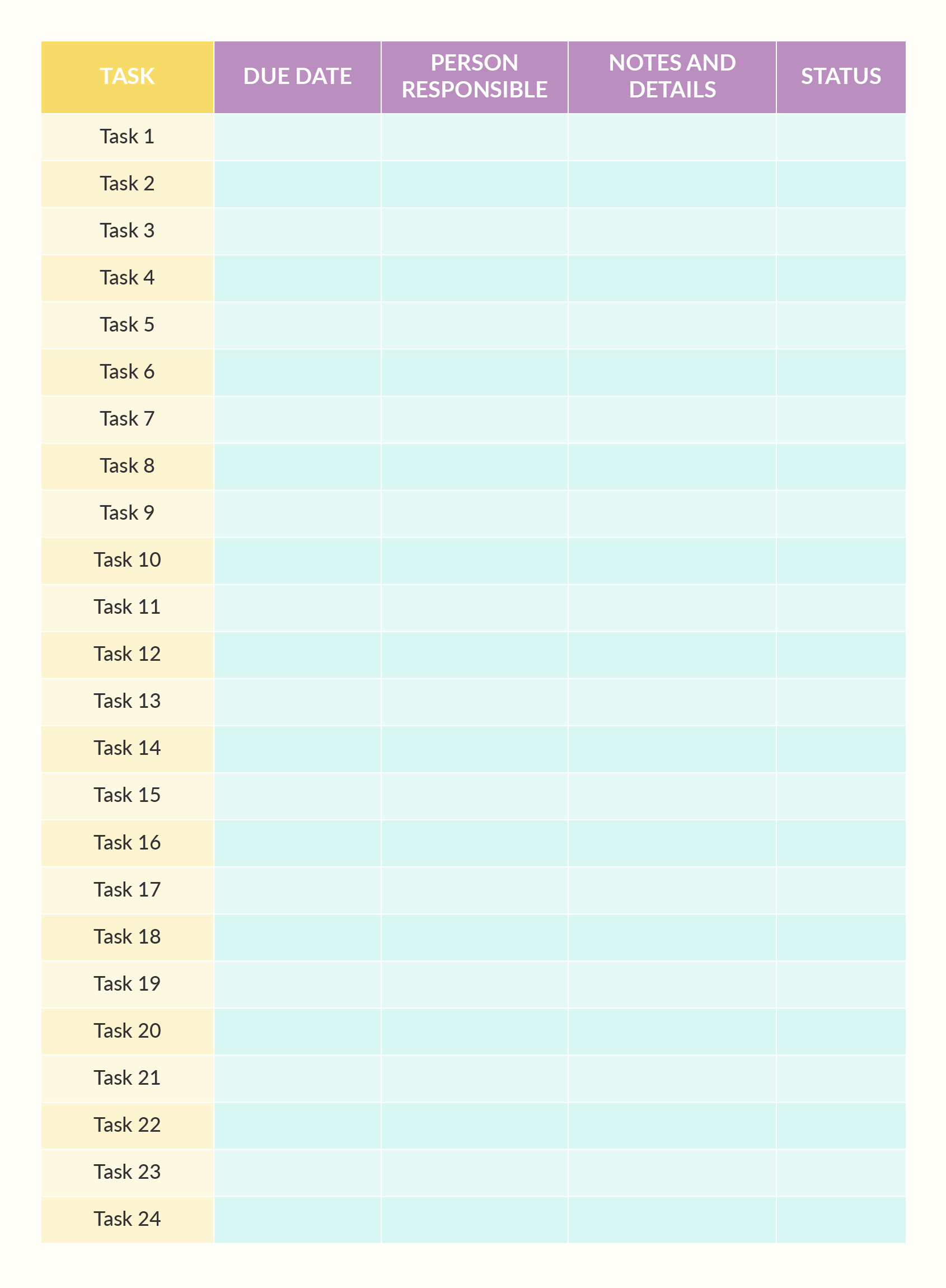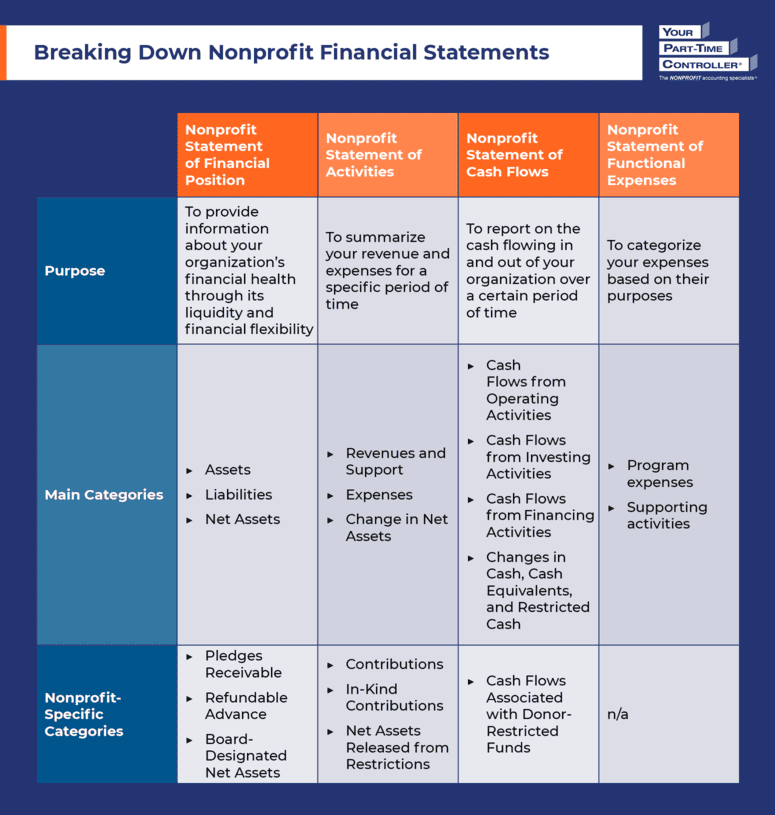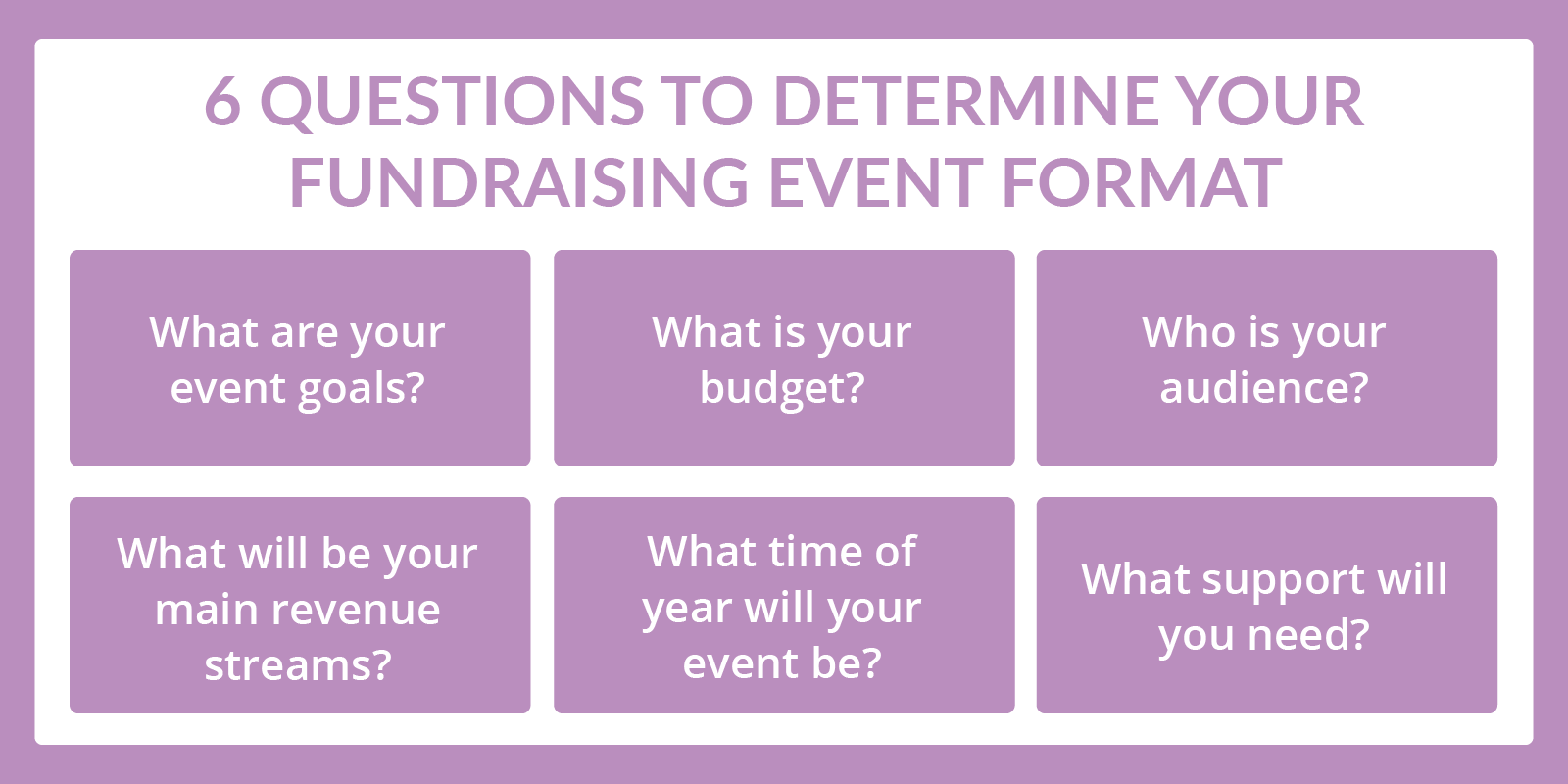Planning fundraising events that bring your community together is exciting, but the many moving pieces you have to manage can quickly become overwhelming. That’s where an event planning checklist comes in. By creating a basic, reusable resource tailored to your nonprofit’s needs, you can streamline the planning process for any future event.
To make your checklist effective, there are a few key components you need to incorporate. We’ve put together a brief guide to event planning checklists that breaks down the must-haves. Use our template and the tips below to plan your best fundraising event yet.
Event planning tips to keep in mind
There’s no one-size-fits-all approach to planning a successful nonprofit event. Your organization’s needs, budget, mission, and preferences all play a role in shaping the event experience. There are, however, some best practices that every event planner should follow:
- Use the right tools: The tools you need will vary depending on the type of event you want to host. Think about the functionality your team will need, and then weigh the options available to you before making any decisions. For example, if you’re hosting an auction, you’ll need auction software that offers features for bidding, donations, and event ticketing.
- Set a budget at the beginning: Determining a realistic budget for your event before you start talking to vendors will help your team make smarter decisions without painful trade-offs down the line.
- Spread the word early: Once you’ve locked in your venue and date, spread the word! The sooner your audience hears about your event, the more time your marketing team has to build excitement and answer any questions guests have. Don’t forget to track responses and touchpoints with each of your supporters using your fundraising software. This will help show you who is engaged with your event and who might need another reminder.
- Follow up afterward: Once the event is over, it’s time to think long-term about continued engagement for your supporters. This is easiest to do when you use an all-in-one fundraising solution, like the OneCause fundraising platform, that easily integrates with your donor management tool.
With these tips in mind, let’s dive into the five must-haves of any event planning checklist.

1. Event Mission Statement and Goal
Your nonprofit’s event planning checklist should be more than just a task tracker – it will be your team’s source of truth throughout the planning process. Whether it’s a spreadsheet, a printed-out piece of paper in your office, or a whiteboard in a central location, it should have enough room to cover all the tasks and information your team needs to stay on track.
Start by stating your event’s goal and mission statement. List your fundraising revenue goal and other strategic priorities at the top of your checklist to keep them front and center as you continue to plan. This will naturally keep your team laser-focused on your desired outcomes through every step of the journey to your event.
Need to choose between two vendors? Unsure whether to splurge on that add-on? Refer back to your primary goal. It will guide you toward the right choice.
2. Person Responsible
We’ve all been in this situation before: a highly productive meeting comes to a close, and the action items are listed… but they never get done. Why? Because no one knew who was actually responsible!
As you add steps and tasks to your nonprofit event planning checklist, include the name of the person who is responsible for each task’s completion. That person knows that they have to do it, and everyone else has someone to go to if they have questions about a specific action item.
Delegating tasks publicly also helps your team balance their workloads more easily. If your auction chair is responsible for 90% of the tasks on the list, for example, it may be time to check in with her and see if anything can be delegated to anyone else.
If your nonprofit involves volunteers in the event planning process, this helps ensure they know who to ask if they have any questions. Be sure to include clear contact information for the person responsible, so your volunteers can easily reach them if they need assistance.
3. Due Dates for Each Task
Every task on your fundraising event checklist should have a due date. Events are time-bound, and certain things—like venue reservations, booking catering, or sending save-the-dates—have to happen weeks or months in advance.
Your nonprofit’s event won’t be the only project going on during this time, so setting due dates allows staff to balance their event work with the other programs that they’re working on. Consider using a project management tool that allows them to see all of their tasks in one place and helps them prioritize by urgency and importance.
4. Notes and Details
The small details make a big difference! Leave space for detailed notes next to each task to save your team a lot of hassle. Including important details on the checklist itself prevents communication breakdowns and makes sure everyone is able to access the information they need in one place.
Your notes and details section can include things like:
- Points of contact for vendors
- Shipping timelines
- Purchase confirmation numbers
- Reminders about sub-tasks (like asking your caterer about vegetarian or gluten-free options)
- Links to potential virtual event platforms
Adding notes to your central checklist supports transparency and open communication. It also means that if someone goes on vacation or takes a sick day, the event planning train doesn’t come to a total halt. Someone else can provide the confirmation number for the t-shirt purchase, for example, and things can keep moving on schedule.
5. Task Status
The last must-have you need on your nonprofit event planning checklist is a spot to indicate the status of the task. Has the task been started? Is it in progress? Or is it done?
This way, everyone knows how far along in the process different tasks are. If someone is waiting for the venue to be secured before they finalize the invitation, it helps them to know that securing the venue is halfway done. This is also helpful for management—they’re able to see what people are working on, without micromanaging their staffers.
Final Thoughts
Nonprofit event planning may seem overwhelming, but it doesn’t have to be. Remember to set goals, communicate expectations and needs clearly, and build healthy rapport with your team, and the process will run smoothly from start to finish.



